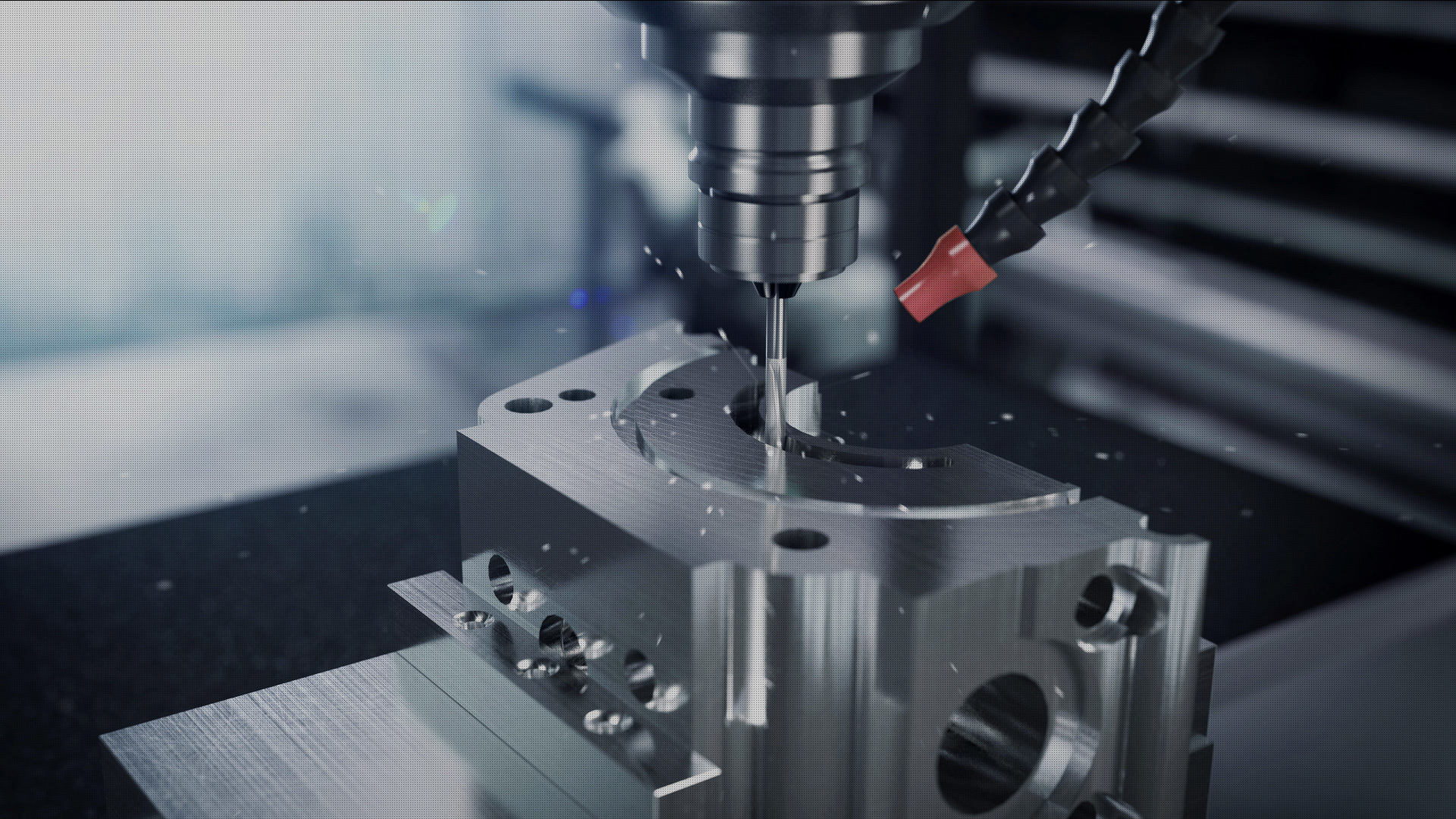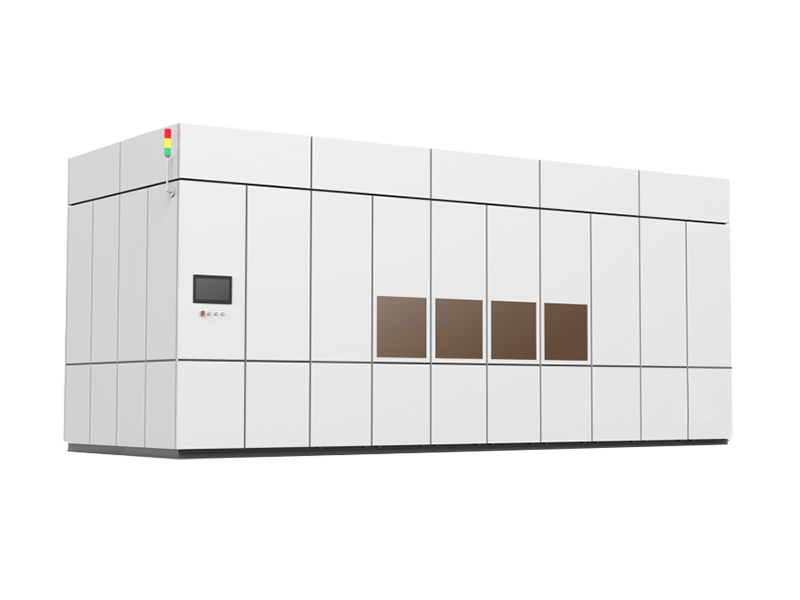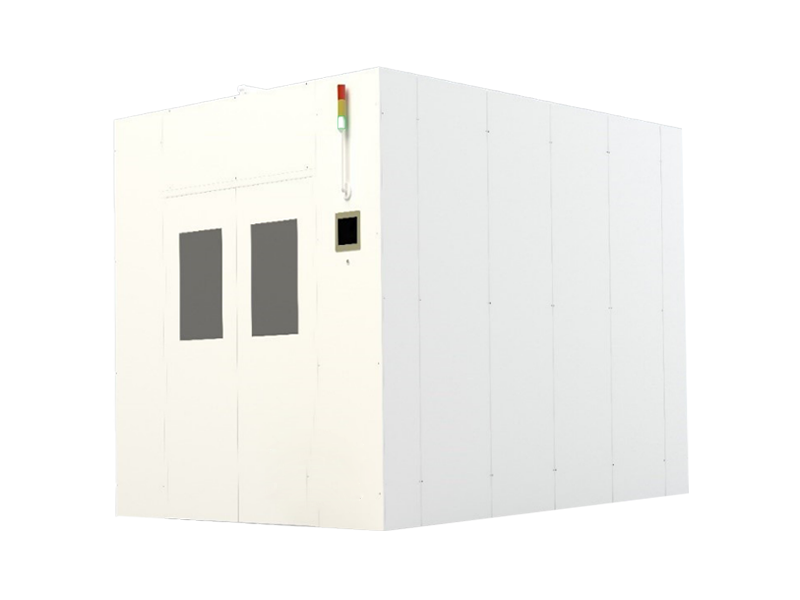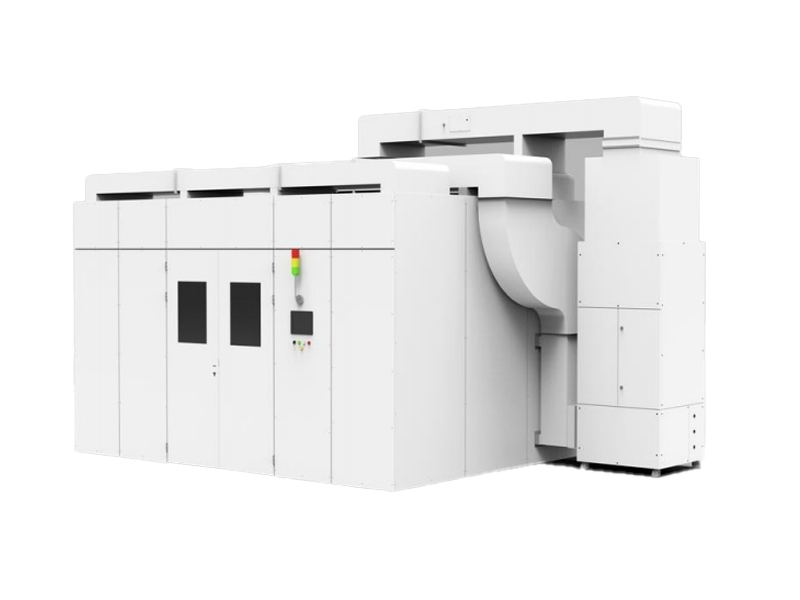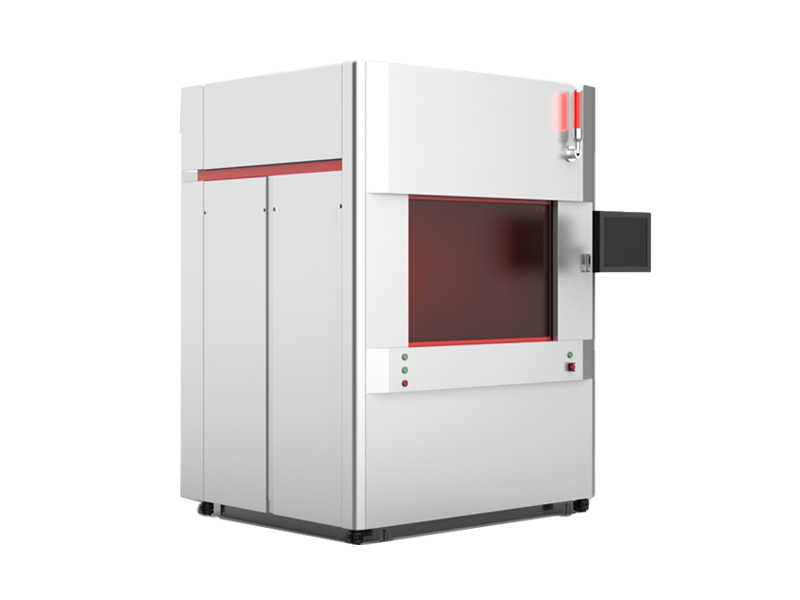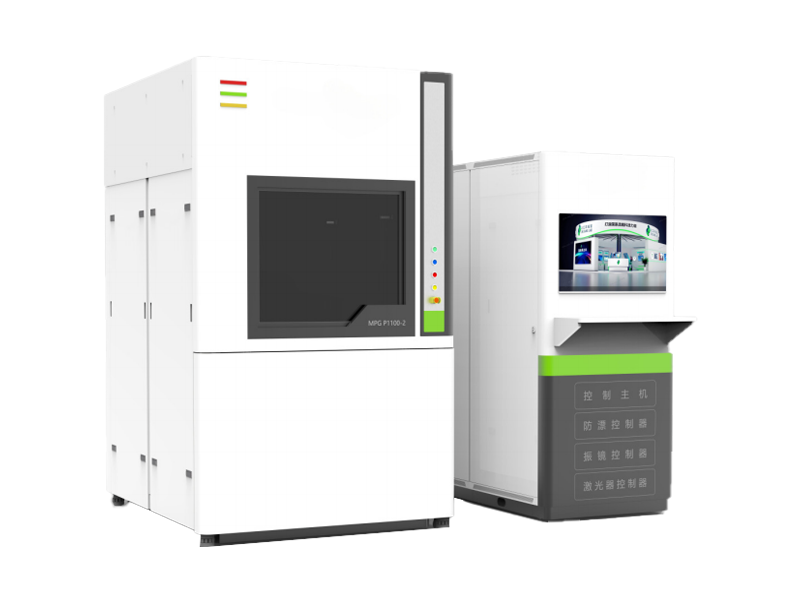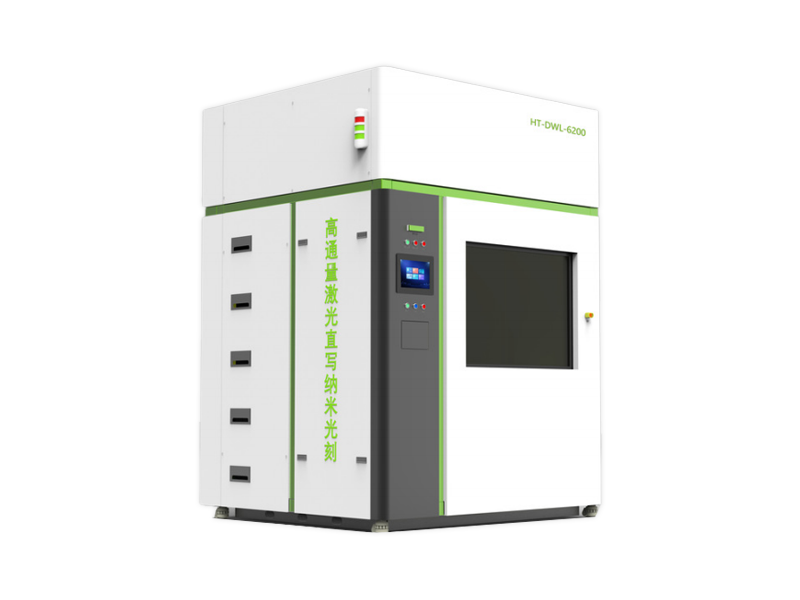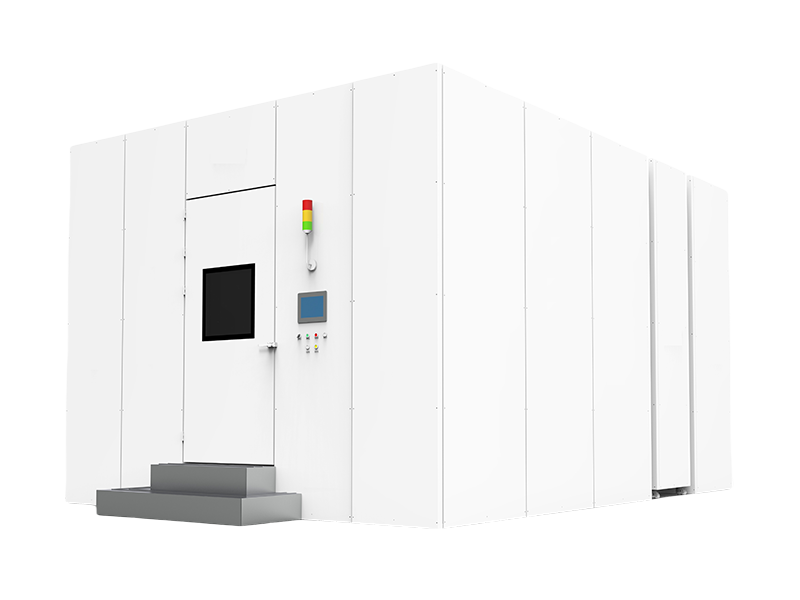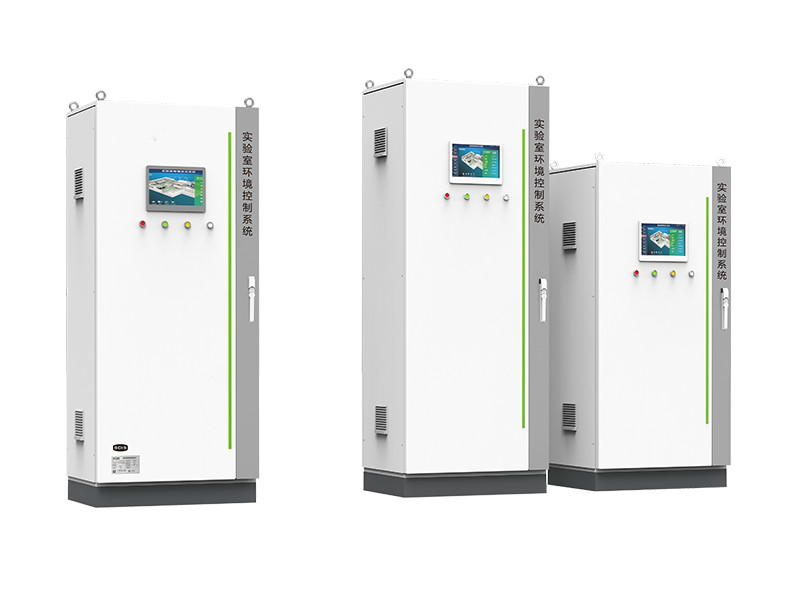Optical Instruments
Optical instruments have strict requirements on temperature and humidity, cleanliness, and micro-vibration resistance. These requirements are mainly due to the high precision of optical instruments and their sensitivity to the production environment.
1. Temperature Requirements
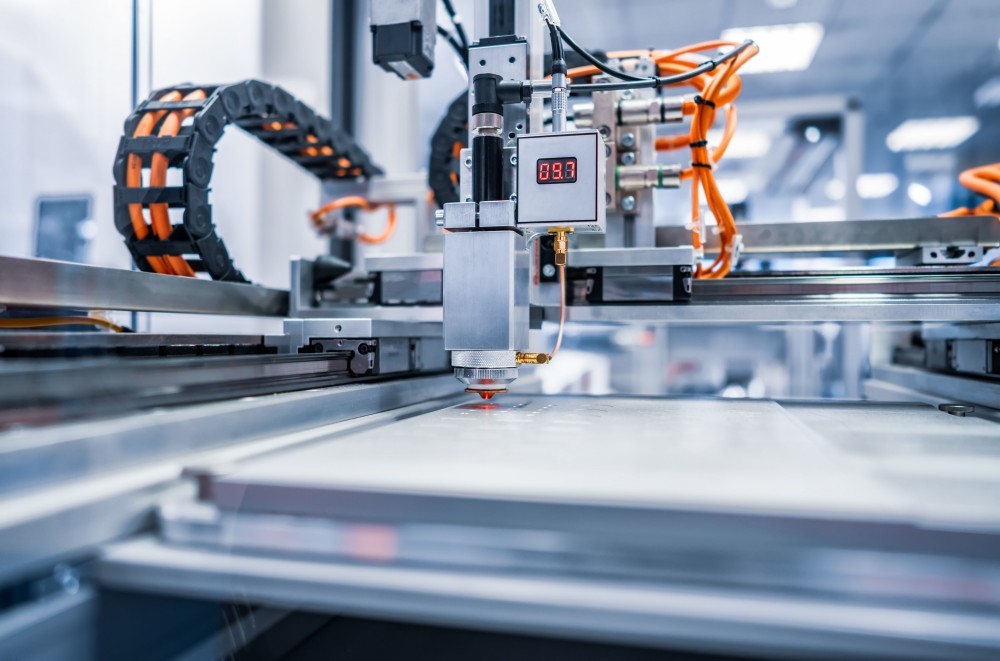 The optical instrument industry usually requires temperature control within a certain range to ensure the normal operation and accuracy of the instrument. Generally speaking, the temperature requirement is between 20 and 25°C, but some precision optical instruments may require a stricter temperature range, such as 20 to 22°C. This temperature range helps maintain the stability and performance of optical instruments and prevents measurement errors or instrument damage caused by temperature changes.
The optical instrument industry usually requires temperature control within a certain range to ensure the normal operation and accuracy of the instrument. Generally speaking, the temperature requirement is between 20 and 25°C, but some precision optical instruments may require a stricter temperature range, such as 20 to 22°C. This temperature range helps maintain the stability and performance of optical instruments and prevents measurement errors or instrument damage caused by temperature changes.
2. Humidity Requirements
Humidity also has an important impact on the performance and life of optical instruments. Too high humidity may cause condensation on the surface of optical components, affecting the accuracy and clarity of the instrument; too low humidity may cause the optical components to dry, crack or deform. Therefore, the optical instrument industry usually requires relative humidity to be controlled between 40~60%RH, and in some cases may require a stricter range, such as 45~55%RH. Such humidity conditions help maintain the stability of optical components and extend their service life.
3. Cleanliness Requirements
Optical instruments have extremely high requirements for cleanliness, because tiny dust or pollutants may affect the accuracy and performance of the instrument. Therefore, the optical instrument industry usually requires that the cleanliness of clean rooms or dust-free rooms meet certain standards, such as Class 1,000, Class 10,000 or Class 100,000 purification standards. These standards are achieved by controlling the number and size of suspended particles in the air. Specifically: Class
1,000 clean room: the number of particles with a diameter greater than 0.5 microns per cubic meter of air does not exceed 1,000. Class 10,000 clean room
: the number of particles with a diameter greater than 0.5 microns per
cubic meter of air does not exceed 10,000. Class 100,000 clean room: the number of particles with a diameter greater than 0.5 microns per cubic meter of air does not exceed 100,000.
In addition, in order to meet the cleanliness and heat and humidity balance in the dust-free purification workshop, a large air supply volume and ventilation frequency are required. At the same time, the floor, walls, ceiling, etc. in the workshop should be made of easy-to-clean materials, such as stainless steel, PVC, etc., and these materials should be cleaned and maintained regularly to avoid the growth of dust and bacteria.
4. Anti-microseismic Requirements
Optical instruments, especially high-precision devices like laser interferometers, have very strict requirements for anti-microseismic. The following is a detailed analysis of this requirement:
Effects of microseismicity on laser interferometer
Laser interferometer is a high-precision optical measuring instrument whose measurement principle is based on the interference phenomenon of light. Therefore, any small vibration can have a significant impact on the measurement results. Microtremors may cause blurring, movement, or deformation of interference fringes, thereby introducing measurement errors.
Specific requirements for laser interferometer to combat microseismicity
-
Low frequency vibration isolation :
- Earthquakes and low-frequency vibrations are the main sources of microseismic interference faced by laser interferometers. Therefore, effective low-frequency vibration isolation measures need to be taken, such as using vibration isolation foundations, vibration isolation trenches or vibration isolation walls, to filter out vibrations with frequencies less than 10 Hz.
-
High frequency vibration isolation :
- High-frequency vibrations and sound waves may also affect the measurement results of the laser interferometer. Therefore, high-frequency vibration isolation technology is needed, such as the use of air floating pads, active vibration isolation systems, etc., to ensure the stability of the instrument in a high-frequency vibration environment.
-
Mechanical Vibration Isolation :
- Mechanical vibration is another important source of microseismic interference. In order to reduce the impact of mechanical vibration on the laser interferometer, mechanical vibration isolation measures such as elastic supports and dampers are required.
-
Thermal Vibration Isolation :
- Thermal expansion and thermal convection caused by temperature changes may also affect the measurement results of the laser interferometer. Therefore, thermal isolation measures such as low thermal expansion materials and thermal insulation materials are needed to reduce this effect.
Implementation of vibration isolation measures for laser interferometer
-
Site selection and foundation treatment :
- The laser interferometer should be installed in an area with stable geological structure and far away from vibration sources. The foundation should be reinforced with deep reinforcement, such as pile reinforcement, raft foundation, etc., to ensure a stable foundation.
-
Building vibration isolation design :
- Laboratory buildings should be designed with vibration isolation, such as using vibration isolation walls, vibration isolation floors, and vibration isolation ceilings. Vibration isolation materials such as rubber pads, air layers, or springs can be embedded in these structures to form an effective vibration isolation barrier.
-
Professional equipment and auxiliary facilities :
- Professionally designed optical platforms and vibration-damping tables are the core of laser interferometer vibration isolation. These platforms are usually equipped with advanced vibration isolation technologies such as air flotation systems, active or passive vibration isolation systems, etc.
- Use auxiliary facilities such as shock-absorbing pads and shock-absorbing frames for the laser interferometer to reduce the mutual vibration transmission between equipment.
-
Vibration Monitoring and Active Control :
- Vibration sensors and data recording equipment are installed to continuously monitor the vibration environment inside and outside the laboratory. Through data analysis, abnormal vibration sources can be discovered in time and corresponding measures can be taken.
- Combined with advanced active control algorithms, such as adaptive filtering and model predictive control, the vibration signals collected by sensors are used to adjust the parameters of the vibration isolation system in real time to actively suppress the impact of external vibrations.
In summary, the optical instrument industry has strict requirements for temperature, humidity, cleanliness and anti-microvibration. These requirements are intended to ensure the normal operation, accuracy and life of optical instruments, as well as the quality and stability of products. Therefore, when producing and using optical instruments, environmental conditions should be set and controlled in strict accordance with these requirements.
*The above content is for reference only. For specific equipment selection, please contact us to customize the solution according to your site conditions.
Related Products
Polar Measurement (Nanjing) Technology Co., Ltd., as a mature manufacturer of high-precision environmental control equipment, we focus on innovation and development, and are committed to providing customized environmental control solutions for global enterprises, with strict temperature, humidity and cleanliness standards. Inject efficiency into your production environment.
immediate consultation
You can leave us your needs or suggestions online, and we will reply to you as soon as we receive them.


